
Here’s Why The Tata Nexon EV Is No Longer Subsidised In Delhi
- Mar 2, 2021
- Views : 5874

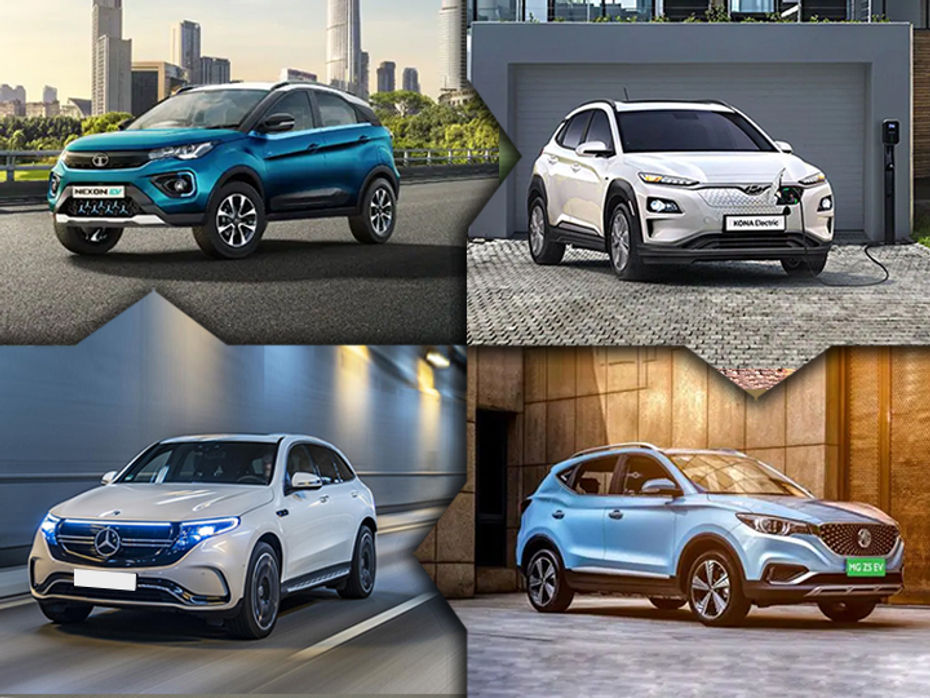
It’s September 9, a day to commemorate electric vehicles. India saw the introduction of three long range EVs -- Hyundai Kona Electric, Tata Nexon EV and the MG ZS EV -- within a year and all three of them have been received well by car buyers in the country. But these are just signs of what’s in store for us in the future with even Tesla, one of the leading EV makers in the world, planning to enter the Indian market soon.
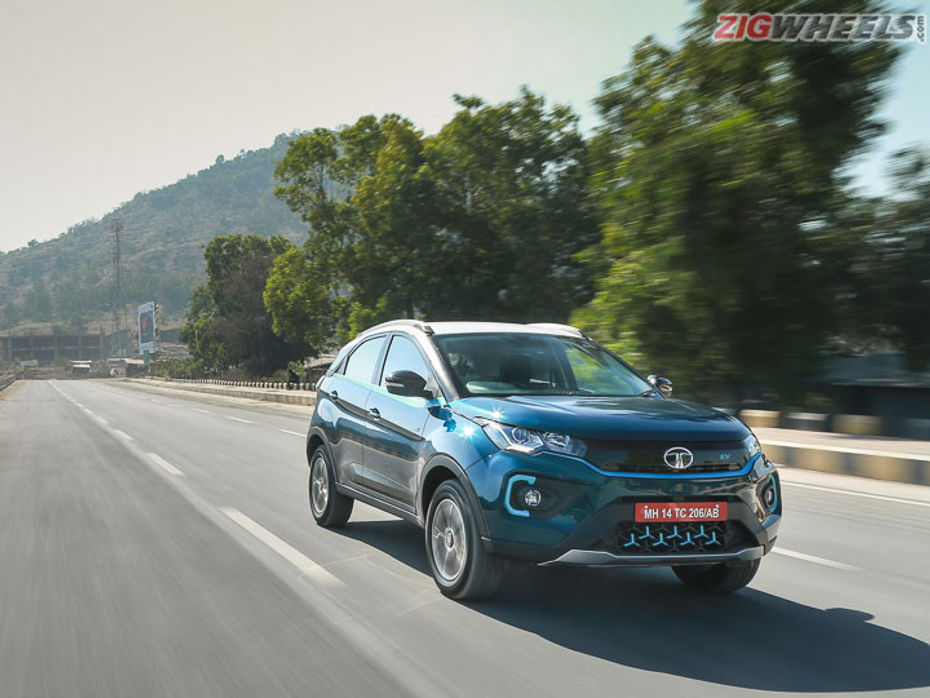
Sure, they’re expensive to buy and the charging infrastructure is still a joke, at least in India. Despite the road blocks, the trend for buying EVs is on the rise and more manufacturers will soon be entering the EV space. The Government has also set stringent targets to shift to electric mobility and are throwing in incentives to make EVs more accessible. The sales numbers in India also show the rising trend. Below are sales of EVs in FY 2020-21 so far:
|
April 2020 (lockdown) |
May 2020 |
June 2020 |
July 2020 |
August 2020 |
|
|
Tata Nexon EV |
0 |
78 |
188 |
286 |
296 |
|
MG ZS EV |
0 |
38 |
145 |
85 |
119 |
|
Tata Tigor EV |
0 |
25 |
37 |
24 |
9 |
|
Hyundai Kona Electric |
0 |
4 |
16 |
25 |
26 |
|
Mahindra eVerito |
0 |
0 |
1 |
6 |
0 |
These aren’t ground breaking numbers by any means, but it shows that long range models such as the Nexon EV, ZS EV and the Kona Electric are becoming popular by the day. This also highlights the fact that Indian buyers prefer long range EVs due to factors like range anxiety and lack of enough charging stations. But with the Government’s push to make adoption of EVs faster, what can be done to quicken the jump from ICE to EVs? Here’s what we feel could work:
Improvement In Charging Infrastructure:
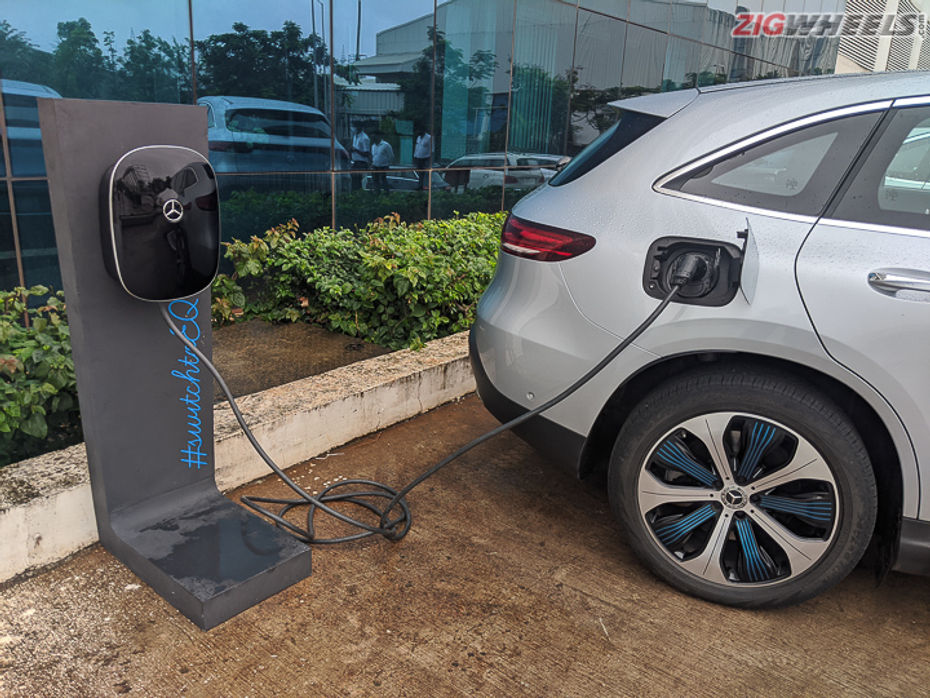
Charging infrastructure still needs to be improved and people have the anxiety of their EVs running out of charge in the middle of nowhere. Sure, long range EVs try to curb this, but improvement of charging infrastructure would do wonders for the sales numbers as well as the customers.
Localisation Of Technology:
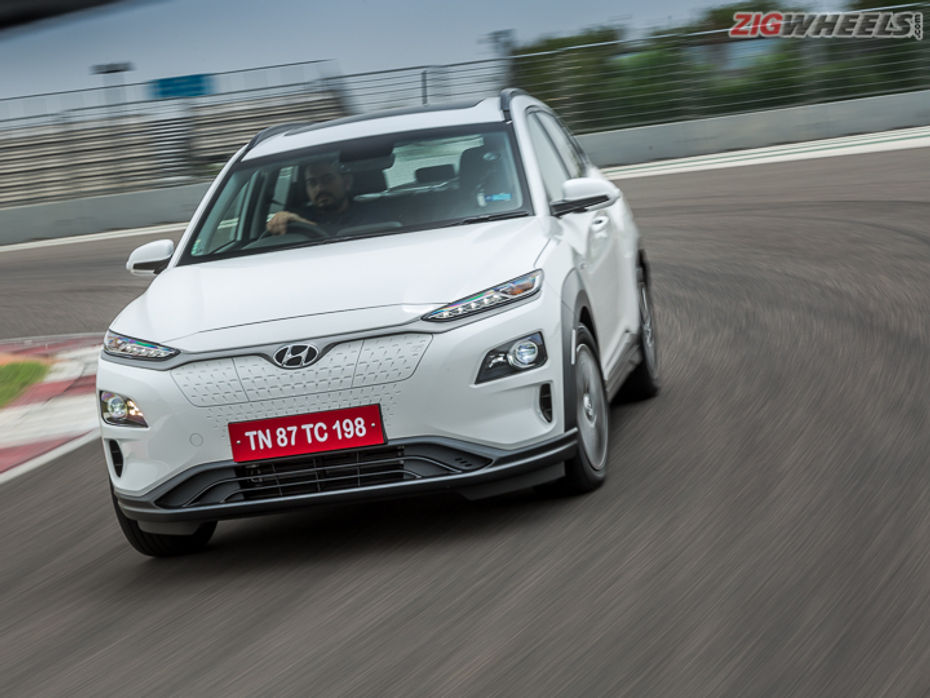
the automobile community
Manufacturers still import major components in the country considering the paltry sales numbers. If major parts like the battery pack, which accounts for nearly 70 percent of a car’s cost, are manufactured in India, it would bring the cost of EVs drastically and could appeal to a wider set of audience.
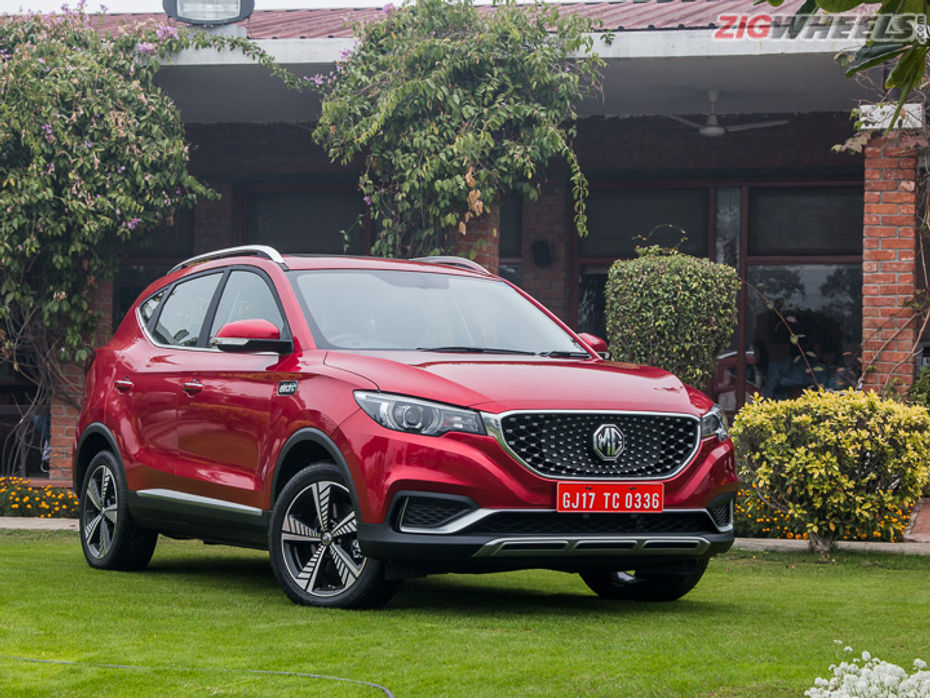
So do we see the sales of EVs rising in the future? Yes, going by the table above, the sales figures are slowly climbing up the ladder. Sure they might not offer the same thrills as revving an engine or enjoying a crisp exhaust note of a V8, but electric cars are blisteringly fast, fun-to-drive and all of this is done in a greener manner. And with the technology slowly going mainstream, one can surely hope that their pricing could come dangerously close to that of an ICE-powered car.

Here’s Why The Tata Nexon EV Is No Longer Subsidised In Delhi

Tata’s Electrified Nexon Crosses 2,000 Sales Mark

Top Car News Of The Week: Several New Cars Launched, Citroen eC3 EV...

Mahindra XUV400 EV vs Tata Nexon EV: Battle Of The Made-In-India...

Tata Ups Nexon EV Range With Software Update After Mahindra XUV400...

Tata Offers Added Peace Of Mind For Customers Booking Nexon EV In...

Electric Vehicles vs Strong Hybrids: The Electrification Dilemma

Tata Nexon EV Prime Launched With Cruise Control And Other Features...
 Mahindra BE 6
Mahindra BE 6
 MG Windsor EV
MG Windsor EV
 Tata Curvv EV
Tata Curvv EV
 Tata Punch EV
Tata Punch EV
 Tata Tiago EV
Tata Tiago EV
India's largest automotive community
 Upcoming Mahindra XEV 7e Is Leaked Again! Here Are 5 Things You Need To Know About The Electric Iteration Of XUV700
Upcoming Mahindra XEV 7e Is Leaked Again! Here Are 5 Things You Need To Know About The Electric Iteration Of XUV700
 All Upcoming Electric Vehicles Coming At Bharat Mobility Global Expo 2025
All Upcoming Electric Vehicles Coming At Bharat Mobility Global Expo 2025
 2025 Tata Tiago: Check Out What Each Of Its 5 Variants Offer
2025 Tata Tiago: Check Out What Each Of Its 5 Variants Offer
 Hyundai Cars Confirmed For The Auto Expo 2025 Including Creta Electric
Hyundai Cars Confirmed For The Auto Expo 2025 Including Creta Electric
 Tata Punch
Rs. 6.12 Lakh
Tata Punch
Rs. 6.12 Lakh
 Tata Nexon
Rs. 7.99 Lakh
Tata Nexon
Rs. 7.99 Lakh
 Tata Curvv
Rs. 9.99 Lakh
Tata Curvv
Rs. 9.99 Lakh
 Tata Harrier
Rs. 14.99 Lakh
Tata Harrier
Rs. 14.99 Lakh
 Tata Tiago
Rs. 4.99 Lakh
Tata Tiago
Rs. 4.99 Lakh
 Mahindra BE 6
Rs. 18.90 Lakh
Mahindra BE 6
Rs. 18.90 Lakh
 Mahindra XEV 9e
Rs. 21.90 Lakh
Mahindra XEV 9e
Rs. 21.90 Lakh
 MG Windsor EV
Rs. 13.99 Lakh
MG Windsor EV
Rs. 13.99 Lakh
 Tata Curvv EV
Rs. 17.49 Lakh
Tata Curvv EV
Rs. 17.49 Lakh
 Tata Punch EV
Rs. 9.99 Lakh
Tata Punch EV
Rs. 9.99 Lakh